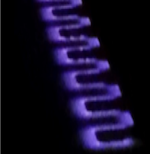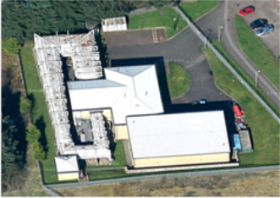Fluid Dynamic Testing Facilities
World-class experimental facilities are fundamental in conducting cutting-edge and breakthrough research. At Glasgow University we are committed in investing to continuously upgrade our facilities in order to carryout high quality research and enhance the experience of our students by exposing them to the latest advances in fluid mechanics. Our experimental facilities include both low- and high-speed wind tunnels and shock tubes. We employ the latest in flow diagnostics, including hot wire anemometry, stereo PIV over large areas at high resolution, pressure measurement through the use of high density pressure transducer arrays, high-speed multiple channel data logging, infra-red tomography, pressure and temperature sensitive paints, high-speed black & white/colour schileren photography and videography, force and moment measurements, and dynamic pitching systems.
Contact the director of the wind tunnel facilities Dr Richard Green (richard.green@glasgow.ac.uk) for additional information about the facility including access queries and capabilities.
ESA Plume-Regolith Interaction Facility
The University of Glasgow Aerospace Sciences Division is host to the European Sapce Agency's plume-regolith interaction facility. With a total volume of over 70m3 and capable of reaching vacuum levels as low as 0.8Pa, this facility explores the fundamental physics behind crater formation resulting from jet impingement.
The ESA facility is equipped with high-speed shadow and schlieren photography, pressure measurements and PSP, PIV, and data acquisition systems.
![]()
Low-Speed Facilities
Our wind tunnel facilities cover a speed range from 2m/s up to 70m/s, that's 156mph, with test section sizes up to 2.7m x 2.1m. We currently house:
Handley Page Wind Tunnel
- Test section 7ft x 5ft (2.1m x 1.5m)
- Maximum speed 55m/s (120mph)
Equipped with hydraulics system for pitching aerofoil unsteady aerodynamics, and PIV, LDA, CTA and data acquisition systems are available for use in this wind tunnel.
The facility has been used for unsteady aerodynamics research work at Glasgow University since the 1980s. Elements of the dynamic stall database are available from this link: http://dx.doi.org/10.5525/gla.researchdata.464
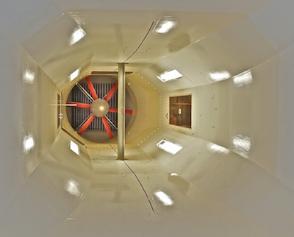
De Havilland Tunnel (National Wind Tunnel Facility)
- Test section 9ft × 7ft (2.7m × 2.1m)
- Maximum speed 70m/s (156mph)
The De Havilland wind tunnel is one of nine UK strategic facilities, selected due to its significance and capability in performing a range of industry and academic relevant research projects. More information on the capabilities of this facility can be found here.
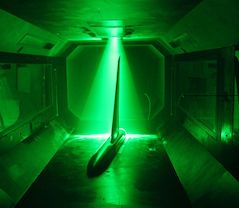
Anatomy Wind Tunnel
- Test section 4ft × 3ft (1.15m × 0.95m)
- Maximum speed 30m/s (65mph)
The wind tunnel is equipped with PIV, pressure measurements, and smoke flow visualisation.
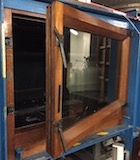
Visualisation Tunnel
- Test section 2.9ft × 2.9ft (0.9m × 0.9m)
- Maximum speed 4m/s (9mph)
This wind tunnel is equipped with PIV and smoke flow visualisation.
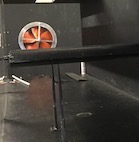
High-Speed Facilities
We have some of the most advanced and modern experimental facilities for the analysis and understanding of compressible high-speed flows and their interactions. These include:
Indraft Trisonic Tunnel
- Test section 10 x 5 x 60cm (width x height x length)
- Mach number range M = 0.8 to 2.5
- Run time = 20 seconds
The wind tunnel is equipped with high-speed shadow and schlieren photography, pressure measurements and PSP, and PIV.
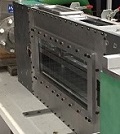
Shock Tube
- Test section 10 x 10 x 40cm (width x height x length)
- Mach number range M = 1.3 to 2.0
- Can use Air, He, Co2
- Run time = 5ms
The shock tube is equipped with high-speed shadow and schlieren photography, pressure measurements and PSP, and PIV.
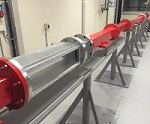
Shock Tunnel
- Test section 60 x 60 x 100cm (width x height x length)
- Nozzle diameter = 15cm
- Mach number range M = 5 to 7
- Can use Air, He, Co2
- Run time = 10ms
The shock tunnel is equipped with high-speed shadow and schlieren photography, pressure measurements and PSP, and PIV.
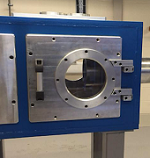
Trisonic Tunnel
- Test section 15 x 21 x 48cm (width x height x length)
- Mach number range M = 0.8 to 3
The trisonic wind tunnel is equipped with high-speed shadow and schlieren photography, pressure measurements and PSP, and PIV.
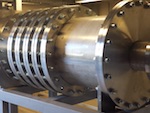
We also design and develop flow control effectors such as synthetic jets, single dielectric barrier discharge and multiple encapsulated electrode plasma actuators, oscillating surfaces, vortex generators, and various other active and passive flow control devices.
